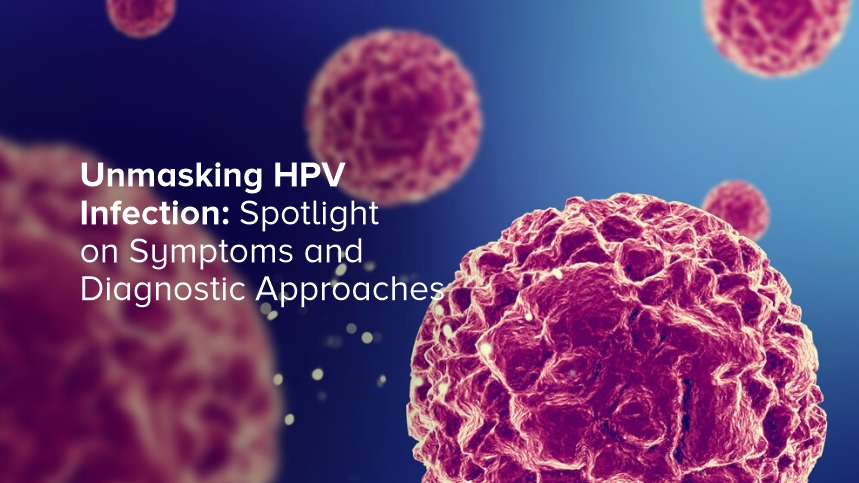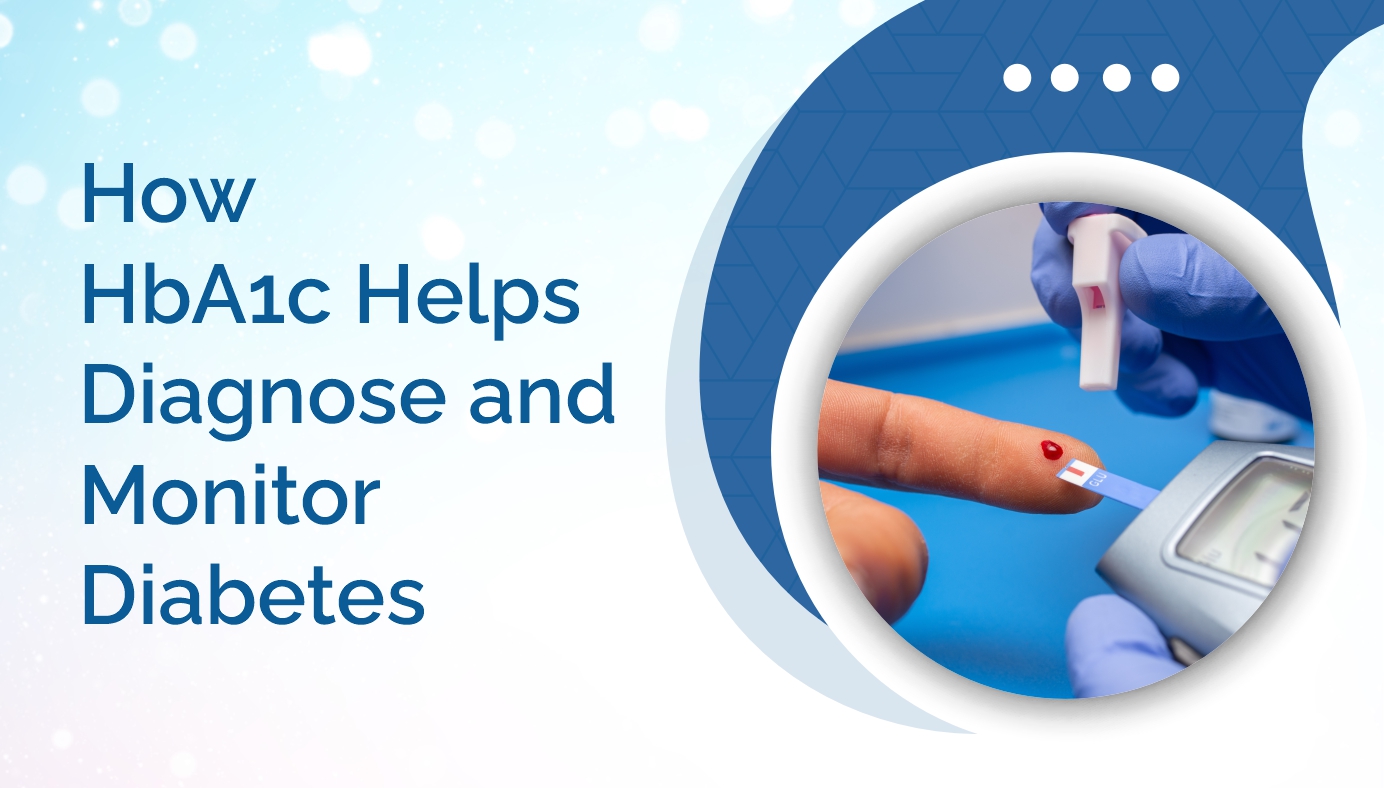


Condition
- Top tests
- Top tests
- Lifestyle Packages
- Infectious
- Preventive Health Checkup
- Diabetes
- Diabetes
- Preventive Health Checkup
- Top tests
- Top tests
- Heart Disease & Hypertension
- Lifestyle Packages
- Preventive Health Checkup
- Diabetes
- Diabetes
- Preventive Health Checkup
- Preventive Health Checkup
- Top tests
- Lifestyle Packages
- Diabetes
- Preventive Health Checkup
- Top tests
- Lifestyle Packages
- Diabetes
- Diabetes
- Diabetes
- Diabetes
- Diabetes
- Diabetes
- Preventive Health Checkup
- Preventive Health Checkup
- Diabetes
- Preventive Health Checkup
- Preventive Health Checkup
- Genomics
- Others
- Others
- Others
- Preventive Health Checkup
- Pulmonary / Infectious
- Diabetes
- Diabetes
- Others
- Preventive Health Checkup
- Others
- Preventive Health Checkup
- Top tests
- Others
- Genetics
- Others
- Gastrointestinal / Skeletomuscular
- Gastrointestinal / Skeletomuscular
- Others
- Others
- Others
- Others
- Others
- Others
- Others
- Others
- Others
- Others
- Others
- Others
- Others
- Others
- Others
- Others
- Others
- Others
- Others
- Others
- Others
- Others
- Others
- Others
- Others
- Others
- Others
- Others
- Others
- Others
- Others
- Others
- Others
- Others
- Others
- Others
- Others
- Others
- Others
- Others
- Others
- Others
- Others
- Others
- Others
- Others
- Others
- Others
- Others
- Others
- Others
- Others
- Others
- Others
- Others
- Others
- Others
- Others
- Others
- Others
- Others
- Others
- Others
- Others
- Others
- Others
- Top tests
- Top tests
- Top tests
- Top tests
- Top tests
- Top tests
- Top tests
- Top tests
- Top tests
- Preventive Health Checkup
- Top tests
- Top tests
- Top tests
- Top tests
- Blood Banking & Transfusion
- Lifestyle Packages
- Blood Banking & Transfusion
- Blood Banking & Transfusion
- Top tests
- Top tests
- Lifestyle Packages
- Diabetes
- Blood Banking & Transfusion
- Blood Banking & Transfusion
- Blood Banking & Transfusion
- Blood Banking & Transfusion
- Blood Banking & Transfusion
- Others
- Others
- Others
- Others
- Blood Banking & Transfusion
- Blood Banking & Transfusion
- Blood Banking & Transfusion
- Blood Banking & Transfusion
- Vitamin Deficiency
- Vitamin Deficiency
- Vitamin Deficiency
- Vitamin Deficiency
- Vitamin Deficiency
- Blood Banking & Transfusion
- Blood Banking & Transfusion
- Blood Banking & Transfusion
- Blood Banking & Transfusion
- Diabetes
- Diabetes
- Heart Disease & Hypertension
- Preventive Health Checkup
- Diabetes
- Preventive Health Checkup
- Preventive Health Checkup
- Diabetes
- Diabetes
- Heart Disease & Hypertension
- Top tests
- Heart Disease & Hypertension
- Diabetes
- Top tests
- Diabetes
- Heart Disease & Hypertension
- Lifestyle Packages
- Heart Disease & Hypertension
- Lifestyle Packages
- Heart Disease & Hypertension
- Heart Disease & Hypertension
- Lifestyle Packages
- Preventive Health Checkup
- Preventive Health Checkup
- Top tests
- Preventive Health Checkup
- Heart Disease & Hypertension
- Heart Disease & Hypertension
- Heart Disease & Hypertension
- Top tests
- Top tests
- Lifestyle Packages
- Heart Disease & Hypertension
- Heart Disease & Hypertension
- Top tests
- Heart Disease & Hypertension
- Preventive Health Checkup
- Diabetes
- Lifestyle Packages
- Heart Disease & Hypertension
- Top tests
- Heart Disease & Hypertension
- Heart Disease & Hypertension
- Diabetes
- Lifestyle Packages
- Preventive Health Checkup
- Diabetes
- Top tests
- Diabetes
- Allergy
- Heart Disease & Hypertension
- Diabetes
- Heart Disease & Hypertension
- Diabetes
- Lifestyle Packages
- Lifestyle Packages
- Top tests
- Preventive Health Checkup
- Lifestyle Packages
- Preventive Health Checkup
- Preventive Health Checkup
- Diabetes
- Top tests
- Heart Disease & Hypertension
- Preventive Health Checkup
- Top tests
- Heart Disease & Hypertension
- Lifestyle Packages
- Lifestyle Packages
- Diabetes
- Preventive Health Checkup
- Top tests
- Diabetes
- Top tests
- Preventive Health Checkup
- Preventive Health Checkup
- Preventive Health Checkup
- Diabetes
- Lifestyle Packages
- Lifestyle Packages
- Heart Disease & Hypertension
- Lifestyle Packages
- Heart Disease & Hypertension
- Lifestyle Packages
- Preventive Health Checkup
- Preventive Health Checkup
- Preventive Health Checkup
- Lifestyle Packages
- Top tests
- Lifestyle Packages
- Top tests
- Lifestyle Packages
- Top tests
- Diabetes
- Diabetes
- Others
- Blood Disorders
- Top tests
- Others
- Others
- Others
- Fever
- Fever
- Blood Disorders
- Blood Disorders
- Preventive Health Checkup
- Preventive Health Checkup
- Profile
- Kidney Disease
- Kidney Disease
- Diabetes
- Diabetes
- Heart Disease & Hypertension
- Preventive Health Checkup
- Lifestyle Packages
- Thyroid Disorder
- Diabetes
- Diabetes
- Diabetes
- Diabetes
- Diabetes
- Diabetes
- Diabetes
- Top tests
- Allergy
- Top tests
- Top tests
- Top tests
- Top tests
- Diabetes
- Top tests
- Diabetes
- Top tests
- Top tests
- Top tests
- Liver Disease
- Diabetes
- Top tests
- Vitamin Deficiency
- Top tests
- Top tests
- Liver Disease
- Top tests
- Top tests
- Top tests
- Anemia
- Anemia
- Anemia
- Diabetes
- Diabetes
- Anemia
- Top tests
- Top tests
- Top tests
- Preventive Health Checkup
- Thyroid Disorder
- Heart Disease & Hypertension
- Top tests
- Preventive Health Checkup
- Diabetes
- Heart Disease & Hypertension
- Top tests
- Fever
- Allergy
- Liver Disease
- Lifestyle Packages
- Heart Disease & Hypertension
- Top tests
- Arthritis
- Top tests
- Top tests
- Heart Disease & Hypertension
- Kidney Disease
- Preventive Health Checkup
- Allergy
- Top tests
- Lifestyle Packages
- Top tests
- Kidney Disease
- Top tests
- Lifestyle Packages
- Top tests
- Preventive Health Checkup
- Preventive Health Checkup
- Top tests
- Top tests
- Vitamin Deficiency
- Allergy
- Diabetes
- Top tests
- Top tests
- Top tests
- Top tests
- Heart Disease & Hypertension
- Allergy
- Top tests
- Preventive Health Checkup
- Top tests
- Top tests
- Infertility
- Top tests
- Lifestyle Packages
- Allergy
- Diabetes
- Heart Disease & Hypertension
- Lifestyle Packages
- Preventive Health Checkup
- Preventive Health Checkup
- Top tests
- Preventive Health Checkup
- Top tests
- Diabetes
- Top tests
- Infertility
- Top tests
- Thyroid Disorder
- Top tests
- Allergy
- Preventive Health Checkup
- Vitamin Deficiency
- Top tests
- Top tests
- Infertility
- Lifestyle Packages
- Diabetes
- Liver Disease
- Kidney Disease
- Vitamin Deficiency
- Top tests
- Heart Disease & Hypertension
- Heart Disease & Hypertension
- Top tests
- Heart Disease & Hypertension
- Heart Disease & Hypertension
- Heart Disease & Hypertension
- Infertility
- Heart Disease & Hypertension
- Vitamin Deficiency
- Vitamin Deficiency
- Arthritis
- Arthritis
- Top tests
- Top tests
- Lifestyle Packages
- Preventive Health Checkup
- Lifestyle Packages
- Preventive Health Checkup
- Vitamin Deficiency
- Top tests
- Lifestyle Packages
- Lifestyle Packages
- Preventive Health Checkup
- Top tests
- Preventive Health Checkup
- Top tests
- Heart Disease & Hypertension
- Infertility
- Top tests
- Top tests
- Preventive Health Checkup
- Lifestyle Packages
- Top tests
- PCOD
- Preventive Health Checkup
- Lifestyle Packages
- Preventive Health Checkup
- Top tests
- Fever
- PCOD
- Kidney Disease
- Top tests
- Top tests
- Preventive Health Checkup
- Preventive Health Checkup
- Liver Disease
- Thyroid Disorder
- Top tests
- Heart Disease & Hypertension
- PCOD
- Top tests
- Arthritis
- Preventive Health Checkup
- Kidney Disease
- Lifestyle Packages
- Top tests
- Allergy
- Top tests
- Top tests
- Diabetes
- Thyroid Disorder
- Preventive Health Checkup
- Top tests
- Lifestyle Packages
- Preventive Health Checkup
- Top tests
- Kidney Disease
- Liver Disease
- Infertility
- Top tests
- Anemia
- Top tests
- Top tests
- Top tests
- Preventive Health Checkup
- Bone Health
- Cancer
- Fatty Liver

Tests
Human Papillomavirus (HPV) is the most common sexually transmitted infection (STI) worldwide. Despite its prevalence and potential health ramifications, HPV often remains shrouded in misconceptions and misinformation. In this in-depth exploration, we aim to unveil the complexities of HPV infection, focusing on its symptoms and cutting-edge diagnostic approaches. We provide a comprehensive resource for individuals seeking to understand the ins and outs of HPV, from recognizing its signs to accessing the latest diagnostic technologies.
Understanding HPV: A Primer
Before delving into symptoms and diagnostics, it's crucial to have a foundational understanding of HPV. HPV is a collection of more than 200 related viruses. They are named for the warts (papillomas) some HPV types can cause. Some other HPV types are associated with cancer. HPV is so common that nearly all sexually active people will get it at some point in their lives if they don’t get the HPV vaccine.
Most HPV infections don't lead to cancer, but certain types of HPV can cause cell abnormalities that may develop into cancer over time. These include cervical cancer, as well as cancers of the vulva, vagina, penis, or anus. Other types can lead to warts, both genital and on areas like the hands and feet. The high-risk HPV types can also cause precancerous changes in the cervix that can later turn into cancer.
HPV Symptoms: What to Look Out For
Many times, HPV infections have no signs or symptoms. If symptoms do occur, they can include the following:
Genital warts (HPV types 6 and 11)
- Usually appear as a small bump or group of bumps in the genital area
- Can be small or large, raised or flat, or shaped like a cauliflower
- Might feel itchy, but are usually painless
Common warts
- These are rough, dome-shaped growths that are gray-brown
- They can be found on the hands, knees, and around the nails
Plantar warts
- Found on the bottom of the foot and can be painful
- Walking and standing could cause them to grow inward beneath a hard, thick layer of skin (callus)
Flat warts
- Flat warts are smoother and smaller than other warts
- They often appear in large numbers — 20 to 100 at a time — anywhere on the body
Cervical cancer
- In some cases, high-risk strains of HPV can cause cervical cancer over time, so regular screenings and Pap tests are essential
The development of any abnormal growths, warts, or changes in the genital region should be discussed with a medical professional. While many HPV infections resolve within two years, vigilance is vital for preventing and treating the associated conditions, such as cervical cancer.
Diagnostic Approaches to Detecting HPV
Given the complexity and insidious nature of HPV, diagnostics play a crucial role in effective management. Advances in medical technology have led to new and improved methods of detecting HPV, ranging from traditional screening to innovative molecular assays.
1) Pap Smears and HPV Tests
Initially, cervical samples were analyzed using Pap smears, a common screening tool for cervical cancer. Nowadays, HPV tests can be done at the same time as a Pap smear, using the same sample of cells. Some types of HPV can lead to changes in cervical cells that can increase the risk for cervical cancer. This test can detect those virus types.
2) Colposcopy
If your Pap test results reveal that you might have HPV, your doctor will probably do a colposcopy. This is a way for your doctor to use a special magnifying device to look at your vulva, vagina, and cervix.
3) HPV Genotyping
HPV genotyping is a molecular test that detects the DNA of HPV in cervical cells. It can show which of the high-risk types of HPV a person has and is used to screen for cervical cancer.
4) Biopsy
If the colposcopy suggests an area of abnormal tissue, your doctor may take a biopsy — a sample of the tissue — to be examined more closely under a microscope.
5) DNA Tests
High-risk HPV DNA tests are more sensitive than traditional Pap smears, identifying HPV strains that are more likely to lead to cancer. The presence of high-risk DNA in a patient's cervical cells can indicate a need for more frequent cancer screenings.
Moving Beyond Diagnosis: Prevention and Treatment
In addition to comprehensive diagnostics, prevention and treatment are pivotal in the fight against HPV. Preventative measures such as vaccinations are essential in curbing HPV infections, particularly for high-risk populations.
Vaccinations
The HPV vaccine is given to boys and girls around age 11 or 12. It’s given in a series of two shots. The vaccine is also recommended for those up to age 26 if they didn’t get vaccinated when they were younger. It protects against HPV infections that cause most cases of cervical cancer.
Treatments for HPV
There's currently no cure for the HPV virus, but in many cases, it goes away on its own. You might not know you have HPV unless it causes signs or symptoms like genital warts. If you need treatment for genital warts, your health care provider might use:
- Topical treatments with medicines
- Freezing or burning the warts off
- Laser therapy
For cervical dysplasia or pre-cancer on the cervix, treatments include:
- Close follow-up (watchful waiting)
- Procedures to remove the abnormal cells so they don't become cancer, which include freezing, laser, loop electrosurgical excision procedure (LEEP), or conization
A Forward Focus on HPV
The fight against HPV doesn’t stop at awareness or diagnostics. By embracing preventative health measures and effective treatments, individuals can take charge of their health and help mitigate the spread and impact of this widespread infection.
With a spotlight on symptoms and the evolving landscape of diagnostic approaches, this comprehensive dive into HPV aims to arm readers with the knowledge they need to make informed decisions about their well-being, while encouraging ongoing dialogue with healthcare providers.
In the quest for eradicating the misconceptions surrounding HPV, education and proactive health management are our most potent tools. We must continue to unmask the complexities of HPV, fostering a community of informed individuals who can advocate for their health and advance the conversation on prevention and treatment.
WANT TO BOOK HEALTH CHECKUP ?
Categories
Top tests
107
Lifestyle Packages
39
Infectious
1
Preventive Health Checkup
59
Diabetes
54
Heart Disease & Hypertension
38
Genomics
1
Others
81
Pulmonary / Infectious
1
Genetics
1
Gastrointestinal / Skeletomuscular
2
Blood Banking & Transfusion
16
Vitamin Deficiency
12
Allergy
9
Blood Disorders
3
Fever
4
Profile
1
Kidney Disease
8
Thyroid Disorder
5
Liver Disease
6
Anemia
5
Arthritis
4
Infertility
6
PCOD
3
Bone Health
1
Cancer
1
Fatty Liver
1
Recent Blogs
Coagulation Profile (PT, aPTT): Understanding Blood Clotting Tests
Hemostasis, widely known as blood clotting, is a sophisticated physiological process that...
30-12-2025
How HbA1c Helps Diagnose and Monitor Diabetes
Managing diabetes effectively requires consistent monitoring of blood sugar levels. While...
30-12-2025
Pregnancy Hormone Test: Understanding hCG Levels
Seeing those two pink lines or a flashing "Pregnant" on a digital display is a life-changing...
29-12-2025





.jpg)

